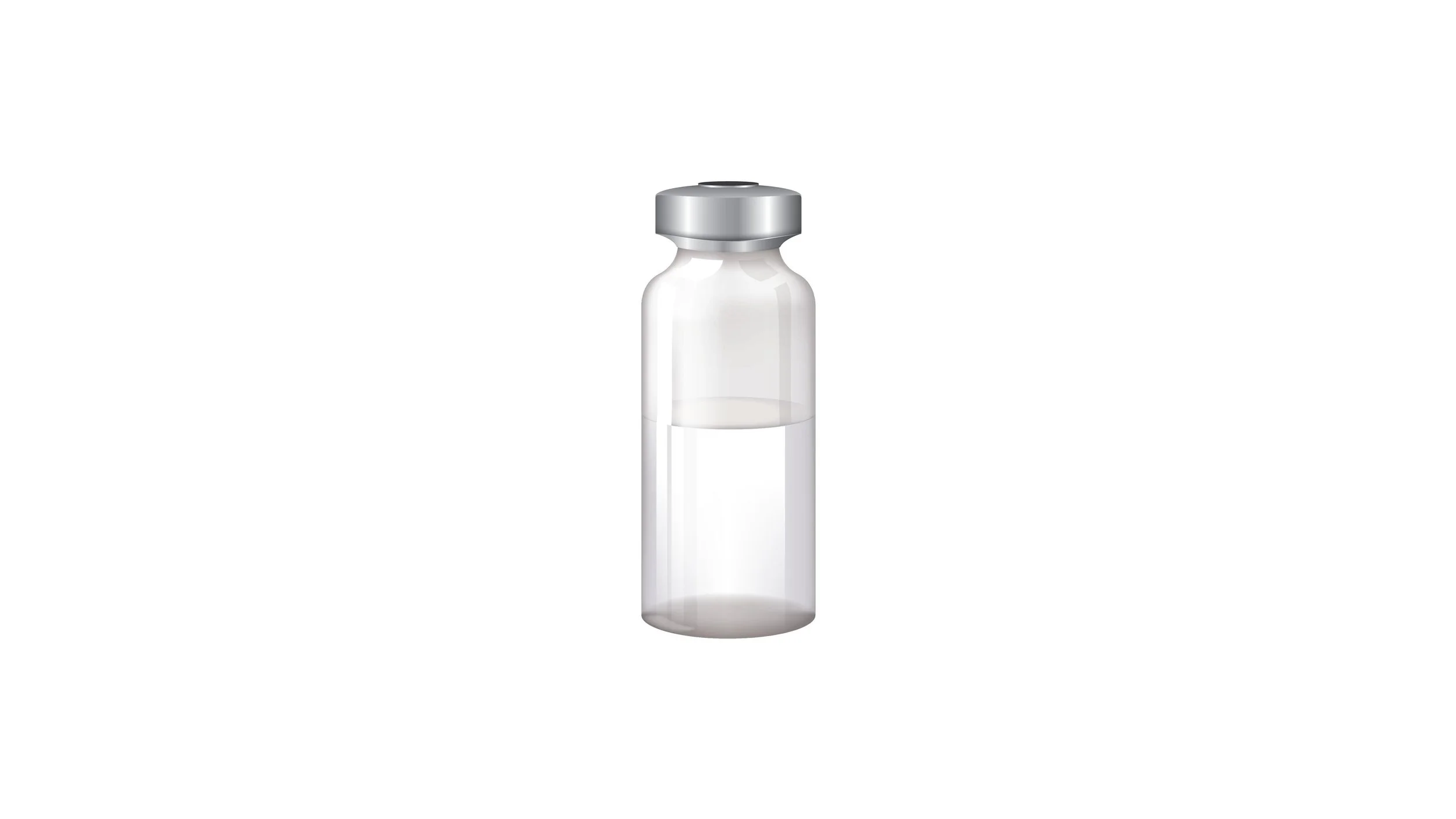tirzepatide For Weight Loss
In November 2023, the FDA approved Mounjaro®, a once-weekly injection, for chronic weight management when used in combination with a healthy diet and exercise. Tirzepatide (same active ingredient as Mounjaro® and Zepbound®) has become a sought after treatment of choice after results reported 15% to 18% weight loss findings during clinical trials (very similarly to Semaglutide). As of recently, it has also been gaining notice in media due to a number of celebrities reportedly using such medications as Tirzepatide and Semaglutide for their weight loss success. Tirzepatide was originally approved by the FDA in 2022 under the brand name Mounjaro® to help control blood sugar in Type 2 diabetes. Tirzepatide has also been used to help prevent kidney damage, sexual function problems, and to lower the risk of death from heart attack or stroke.
Tirzepatide is another sought after treatment of choice for significant weight loss results!
*Now FDA Approved!
How does Tirzepatide work for weight loss?
Tirzepatide (same active ingredient as Mounjaro® and Zepbound®) works by mimicking a hormone called glucagon-like peptide-1 (GLP-1) is an incretin hormone that plays a role in your appetite and digestion. Incretins (hormones released by your digestive tract) are sent out by your body after you’ve eaten a meal. They help lower your blood sugar by triggering insulin release and blocking sugar production. They also slow down how quickly food leaves your stomach (called gastric emptying) and this helps prolong satiety and reduces food cravings. The result of these actions causes you to ‘feel full’, lowering your appetite and causing you to lose weight.
How is Tirzepatide dosed?
With Tirzepatide you’ll give yourself an injection once a week, on the same day each week. It can be given at any time of day, and you can take it with or without food.
Tirzepatide is typically injected with a very small needle just under the skin (subcutaneously) in your abdomen, upper arm, or thigh. Avoid injecting the medication into the same spot every time, and change your injection site with each dose. Injecting in the same body area (e.g., thigh) is OK as long as you’re rotating sites within the area each time.
Since Tirzepatide slows down how quickly food leaves your stomach, you may experience side effects like nausea and vomiting. Once you get started on the medication, your healthcare provider may slowly increase your dosage every 4 weeks. This can help make these effects more manageable.
The target dose is 15 mg once weekly. Before reaching the target dose, a typical dosing schedule may look like the following:
Month 1: 2.5 mg once weekly for the first month
Month 2: 5 mg once weekly for the second month
Month 3: 7.5 mg once weekly for the third month
Month 4: 10 mg once weekly for the fourth month
Month 5: 12.5 mg once weekly for the fourth month
Target maintenance dose: 15 mg once weekly
Depending on whether or not there are any experienced side-effects may change the dosing schedule for some individuals. Some people may not be able to reach or tolerate the target dose due to side effects. If this is the case, your healthcare provider may wait another month before increasing your dose. However, they may have you stop the medication if you’re unable to reach or stay on the target dose.
Missed Dose?
If you miss a dose of Tirzepatide, use it as soon as possible within 5 days after your missed dose. If you miss a dose for more than 5 days, skip the missed dose and go back to your regular dosing schedule. Do not double your dose.
In other words, if you miss a dose of Tirzepatide, and the next scheduled dose is more than 2 days away, use it as soon as possible. If you miss a dose, and the next scheduled dose is less than 2 days away, skip the missed dose and go back to your regular dosing schedule. If you miss a dose of this medicine for more than 2 weeks, use it on the next scheduled dose. Ask your doctor about how to restart your treatment.
Potential Side effects
The most common side effects of Tirzepatide include nausea, diarrhea, vomiting, constipation, abdominal (stomach) pain, headache, fatigue, dyspepsia (indigestion), dizziness, abdominal distension, eructation (belching), hypoglycemia (low blood sugar) in patients with type 2 diabetes, flatulence (gas buildup), gastroenteritis (an intestinal infection) and gastroesophageal reflux disease (a type of digestive disorder).
Potential Serious side effects
In some cases, Tirzepatide may cause more serious side effects. The medication has a boxed warning, for a potential risk for thyroid C-cell tumors. This risk has been seen in animal studies, but it hasn’t been confirmed in humans. Because of this, you shouldn’t take Tirzepatide if you have a personal or family history of certain thyroid tumors (medullary).
Other serious side effects can include:
Pancreatitis (inflamed pancreas)
Gallstones, Cholelithiasis (gallbladder disease)
Kidney damage
Low blood sugar (hypoglycemia)
Allergic reactions (including swelling of the face, tongue, or throat; difficulty breathing)
Certain eye problems in people with Type 2 diabetes
Fast heart rate
Suicidal thoughts and behaviors are another risk listed on the medication’s labeling because it’s been reported with other weight loss medications. Let your healthcare provider know right away if you’re experiencing any changes in mood or behavior.
The bottom line
Tirzepatide (same active ingredient as Mounjaro® and Zepbound®) is an FDA-approved injectable weight loss medication. Compared to other medications on the market, it may help you lose more weight. It takes a few months to reach the target dose, and you may experience side effects like nausea, vomiting, and diarrhea. But this is typically managed by slowly increasing your dose over time.
*NOTE: Tirzepatide is FDA approved under the brand names of Mounjaro® and Zepbound®




